Cart
Your cart is empty
Your cart is empty
Press ESC to close the search field

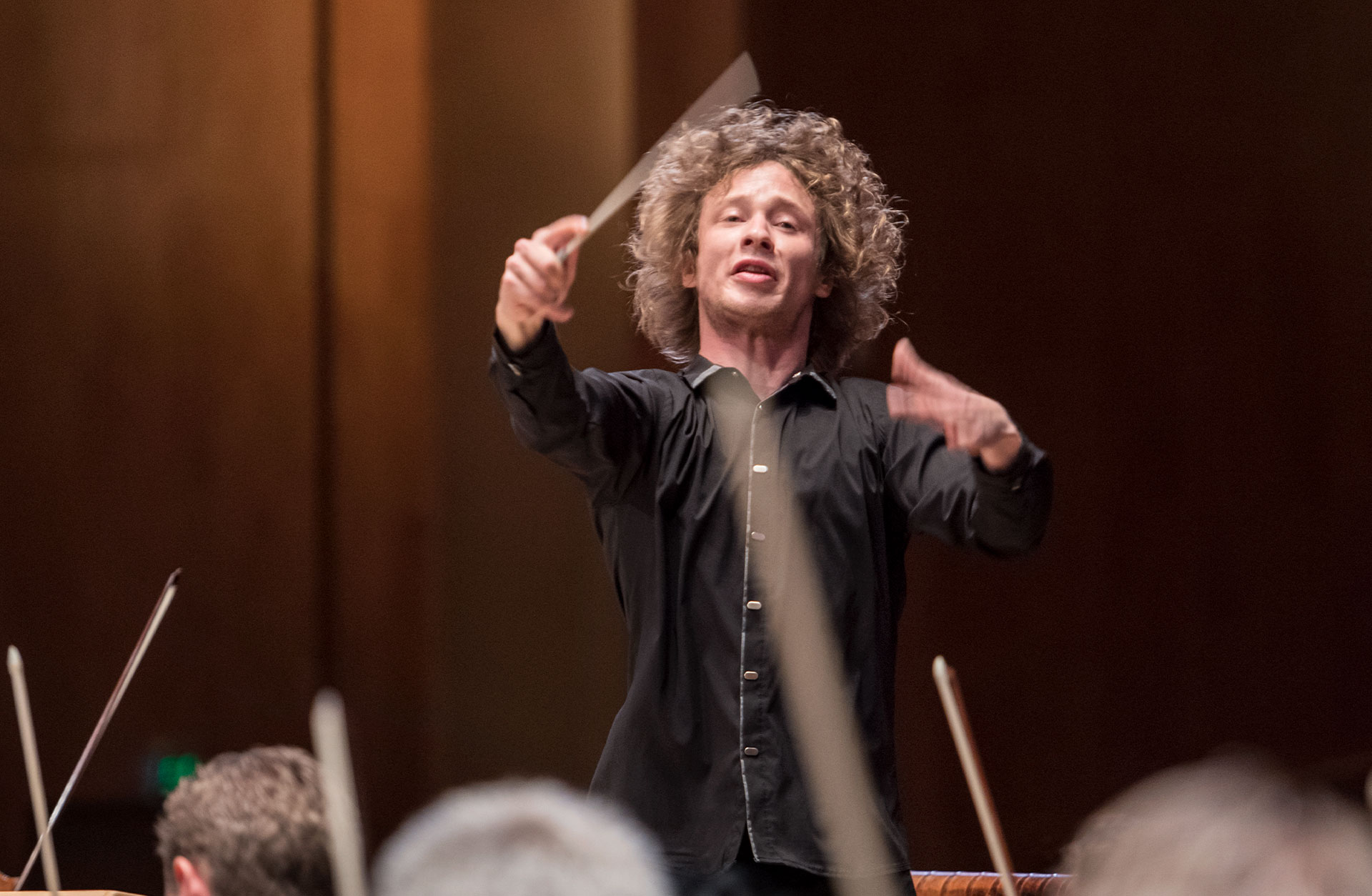
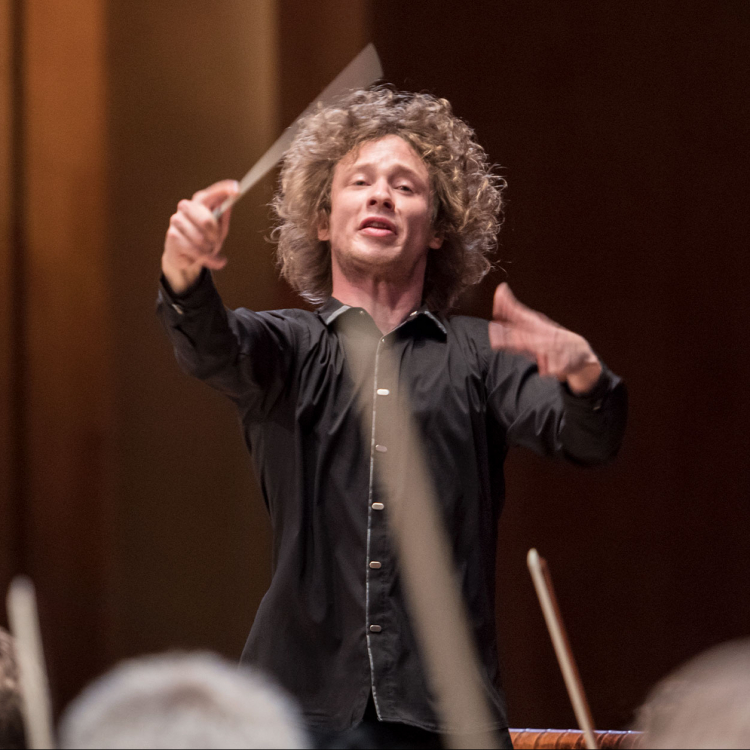
An eternal symphonic masterpiece with Gothenburg Symphony Orchestra, Santtu-Matias Rouvali, conductor and Christian Ihle Hadland piano.
Santtu-Matias Rouvali selects the best from his repertoire as the concert season comes to a close, and with it, his time as an immeasurably popular chief conductor.
Longing and romance are present in Rachmaninoff’s second piano concerto. This piece is known to history for its moving melodies and virtuosic playing. Rachmaninoff himself became known as one of the best pianists of his time. The piece was later subjected to one of the biggest song thefts in music history, when pop singer Eric Carmen stole the second movement for his power ballad “All by myself” in 1975.
Soloist is Norwegian pianist Christian Ihle Hadland, for several years one of the neighboring country’s most famous stars in the classical world.
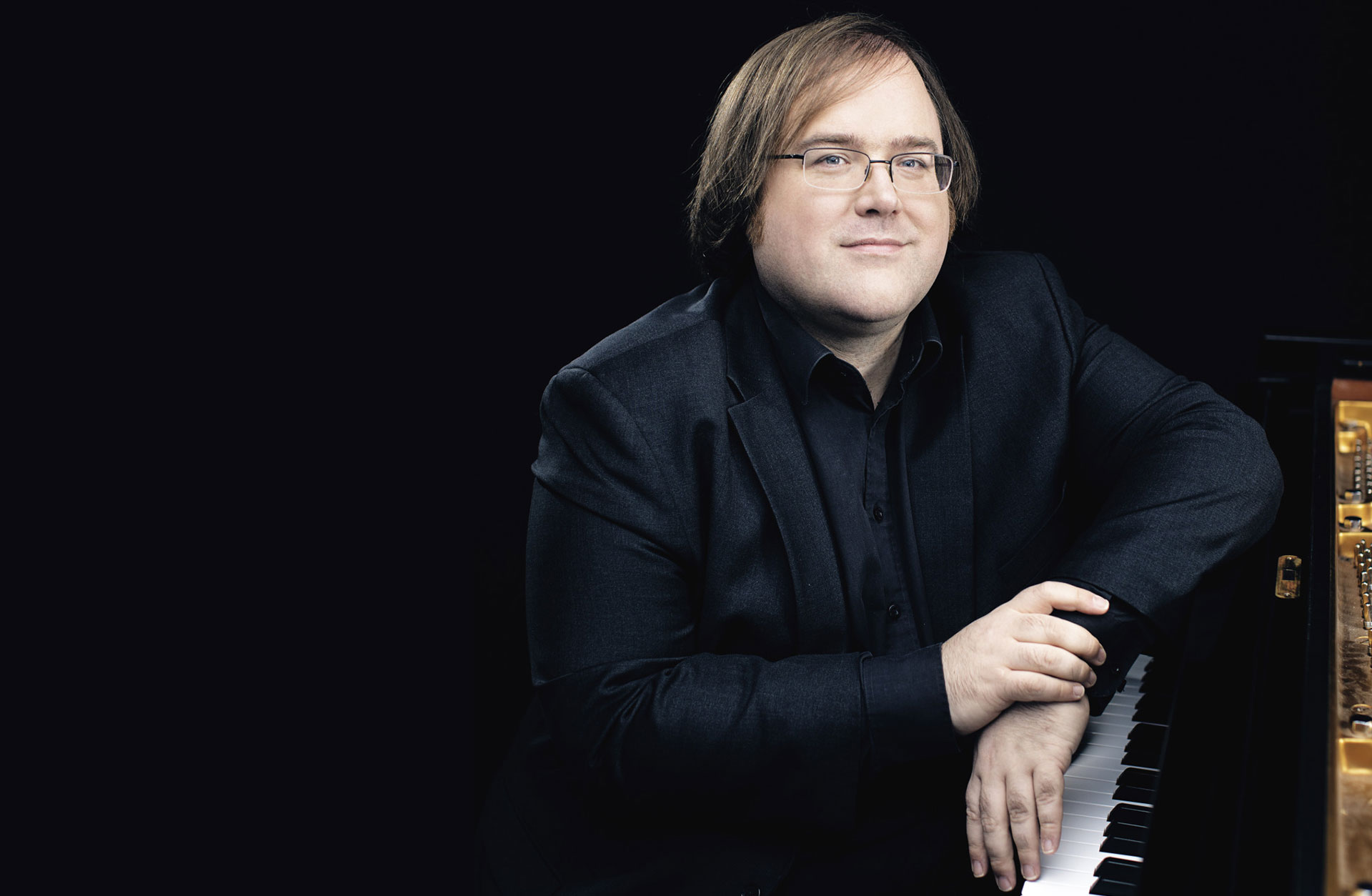
It has been 80 years since Bela Bartók died in 1945. His concerto for orchestra is among his top accomplishments, and Bartók described the music as a journey from severity, through ominous song, to a life-affirming conclusion. Here, the orchestra has an opportunity to showcase the skills of all its soloists. Each movement is full of ingenuity and a rich offering of musical influences from an entire life.
As an introduction, we hear Central European folk songs in the magnificent tone poem Haakon Jarl by Czech Bedrich Smetana. Smetana had a strong connection to Gothenburg and lived here while composing the partly true story of the Viking king who refused to accept Christianity.
Get to know the music.
Take a seat in the Great Hall one hour before the concert begins and learn more about the music you will soon experience! You will get the stories behind the music, knowledge of the composers and own reflections about the classical pieces. The introduction last for about 30 minutes, it is free and free seating in the hall. Welcome!
The concert is streamed live on 26 April 15.00 via GSOplay.
On GSOplay, Gothenburg Symphony Orchestra is always ready to transform any moment into a magnificent concert experience. Here is a wide range of recorded concerts available for you to enjoy completely free of charge. Let the National Orchestra of Sweden soundtrack your life, wherever you are.
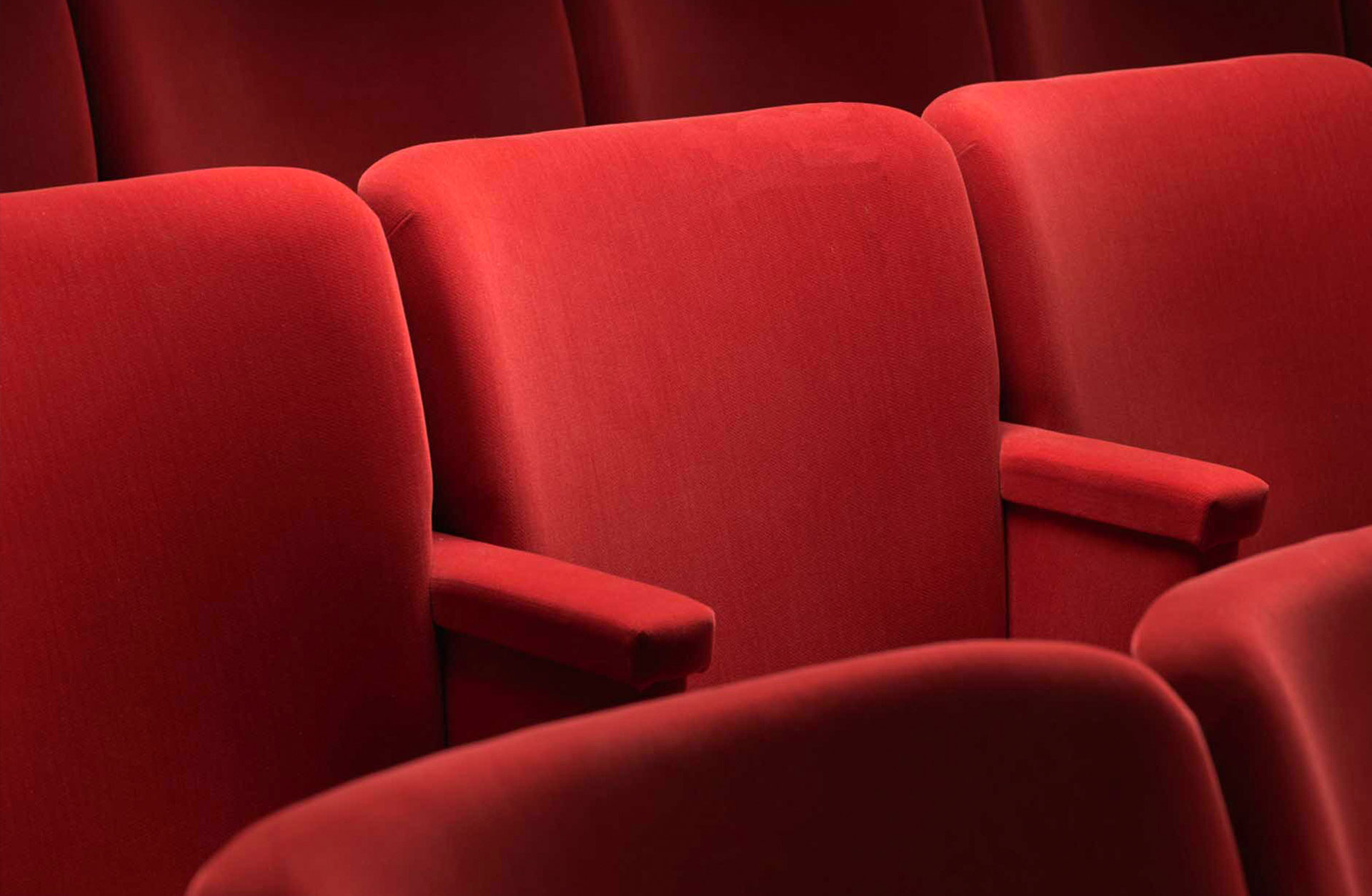
Here you will find all the necessary information that you need to know about before your magical visit in the Concert Hall.
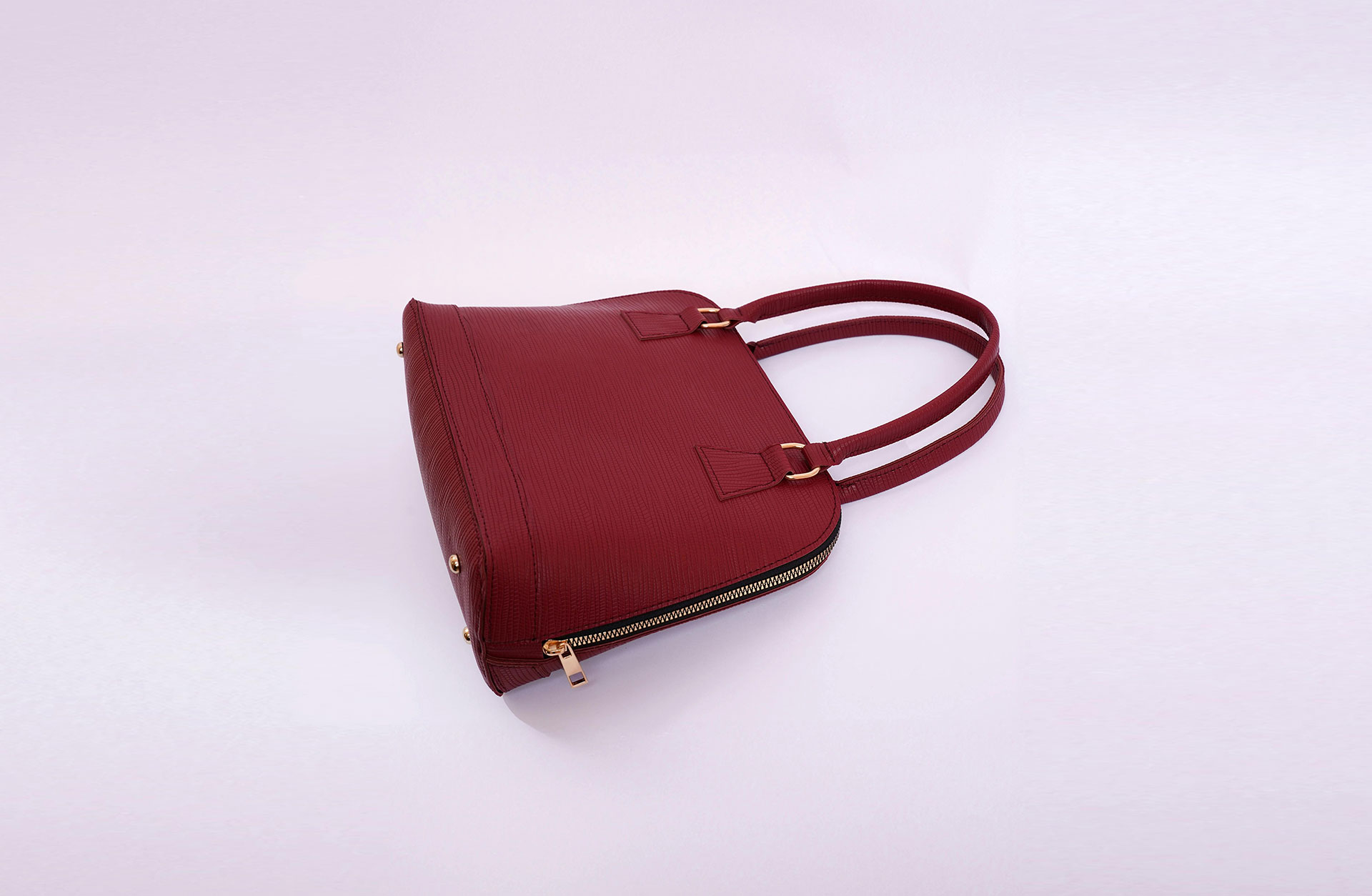
Larger bags are not allowed at our venue, and we do not offer storage for them. Please remember to inform the people you’ve purchased tickets for. Allowed bag size: L21 cm x H30 cm x D10 cm.

Invite yourself or someone you like to an experience for all the senses. Welcome to visit the Concert Hall's restaurant or one of our foyer bars.